Summary
Created in 1922, the International Committee on Intellectual Cooperation (ICIC) is a committee bringing together leading scientists such as Henri Bergson, Albert Einstein, Marie Sklodowska-Curie and Hendrik Lorentz. First constituted as a consultative body, the ICIC gradually built up around itself a full “intellectual cooperation organization” comprising several sub-commissions and secretariats, involving experts in bibliography, copyright, academic exchanges, university relations, etc. It laid the foundations of UNESCO after the Second World War. The rise and bureaucratization of this organization during the 1920s is accompanied by a rapid increase of the number of documents produced and received as well as a complexification of information flows.
Reversing the process of making a study of international organizations by their discourse or focusing only on the most prominent personalities of the institutions, this research proposes to analyze the activity and the ability of the ICIC to create link through a fine indexing of it correspondence archives.
THESISFull text ( PDF)GRANDJEAN Martin (2018) DATAData ( CSV)GRANDJEAN Martin (2018) |
By mapping this circulation in a network composed of more than 3.000 individuals involved in intellectual cooperation during its early years (1919-1927, approx. 30.000 documents), this method reveals the main organizational trends while highlighting the situation of actors that are so far little studied in this context. This exploratory “datafication” of the archives of the League of Nations leads us to reconsider and recontextualize the personal commitment of the individuals who made up the ICIC.
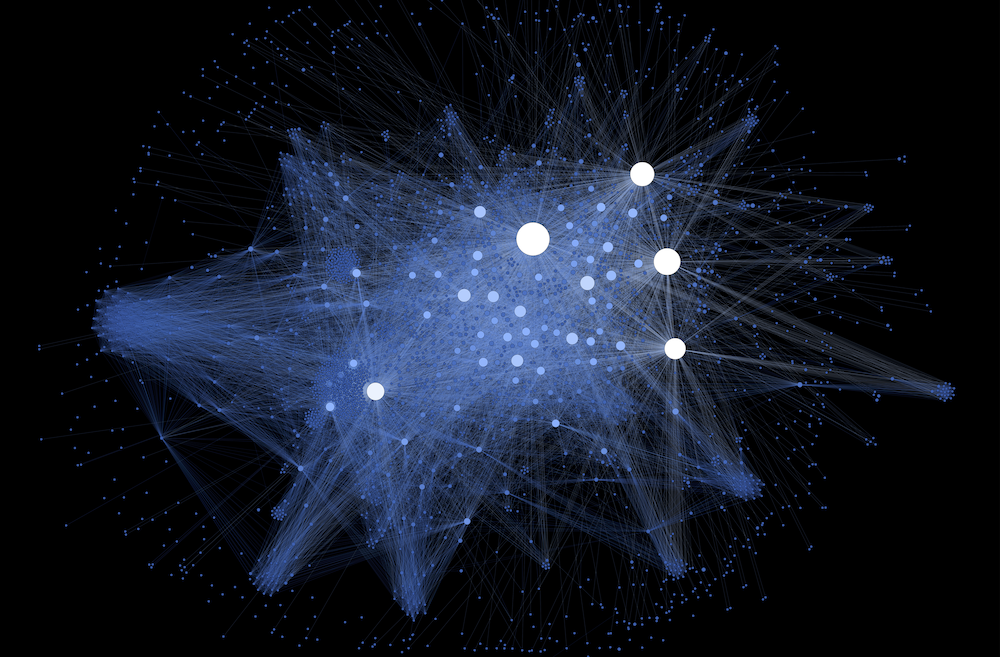
Network of the archives of intellectual cooperation 1919-1927. Explore an interactive version.
Thus, the development of visualization methods that allows a comparison between the official institutional framework of the international organizations of this time and the structuring of information exchanges at an individual level helps to highlight the discrepancy from a hierarchical level to another. More generally, this research develops a framework for coding, analyzing and interpreting such metadata networks in history. Developing a quantitative and structural analysis jointly mobilizing mathematical theories, computer sciences and archival questioning is also a way of discussing the relationship between historical research and digital technologies. Without however making these technical developments an end in itself, the contribution of such methods of social network analysis and visualization makes it possible to multiply the perspectives, to play with the scales and to allow the navigation between a global overview of the structure and an approach closer to the individuals.
Because it shows the crucial importance of the secretaries of the League in the correspondence network, this work discuss the difficulty for the scientific expertise of ICIC members to resist bureaucratization when facing such a massive administration. From a “Society of spirits” serenely debating major depoliticized intellectual issues, the Committee on Intellectual Cooperation is indeed gradually becoming a rather conventional technical organization whose main decisions are often made by senior officials and diplomats rather than by scientists and intellectuals themselves.
Contents
1. Introduction
General presentation of the subject / State of the art / Typology of data visualization / Articulation of the thesis. (p. 9-40)
2. The network of the archives
Presentation of the archives of the League of Nations / “Datafication” (indexing method) / List of document actors / Main thematic evolutions / Benefits of network analysis in history / Metadata network modelling / Process description.
3. Scientific and cultural questions at the League of Nations
[1919-1922] The premises of intellectual cooperation / International universities / Internationalism / Collaborating with the Union of International Associations (Otlet, La Fontaine) / A plethora of proposals / Discussions in the Assembly / Creating an advisory committee / Bringing together a dozen eminent scientists.
4. The Committee’s first steps
[1922-1926] The International Bureaux Section / Administrative activity / The first meetings / The creation of thematic commissions / First debates and criticisms / The International Office of University Information / National commissions for intellectual cooperation / Difficult collaboration with private initiatives / Open crisis with the UIA.
5. The composition of the Committee over time
Nomination process / First applications / Questions of representativeness / The evolution of national and disciplinary balances / The influence of absenteeism / The involvement of the main actors / The involvement of less visible actors / The centrality of the actors in the archive network.
6. The bureaucratization of the institution
[1926-1931] A development under French influence / The International Institute of Intellectual Cooperation in Paris / The Italian Institutes (private law and educational cinematography) / A new organization between Geneva and Paris / Financial and human resources issues / Reporting on institutionalization through network analysis / Multi-layer “institutional topography” / Structure as “signature” / Temporality and network analysis / Understanding the periphery of the graph.
7. Towards new forms of organization
[1931-1939] The Institute in danger / Reorganizing the institution to balance Parisian influence / A more centralized governance / Preparing for post-League independence.
8. Conclusion
Idealism versus bureaucratization / Discussion of the contribution of network analysis to historical research.
p. 513-528

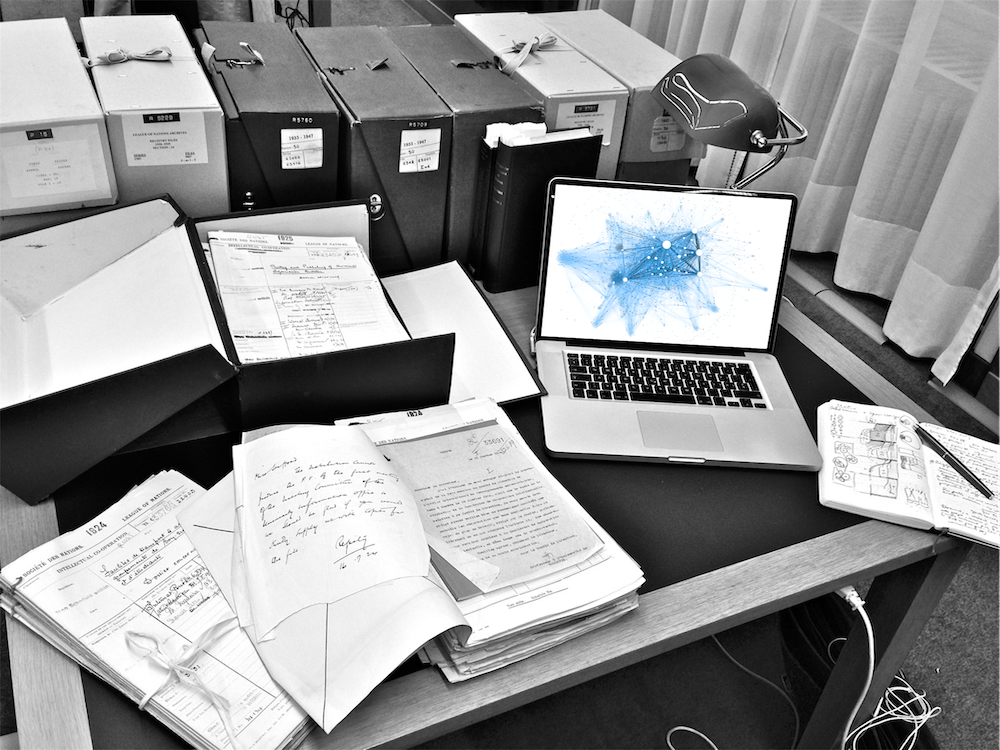
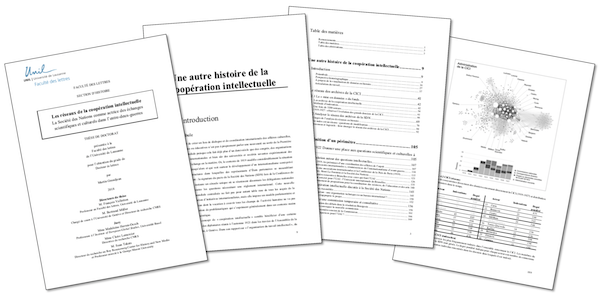
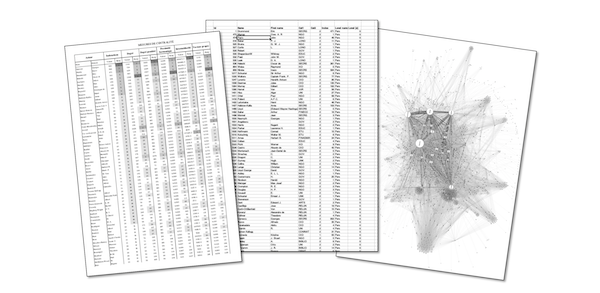
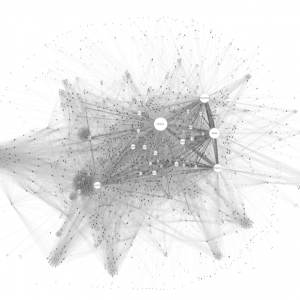
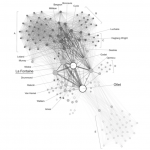
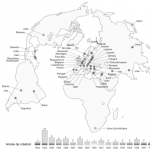
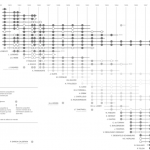
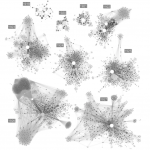
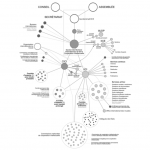
Trackbacks/Pingbacks